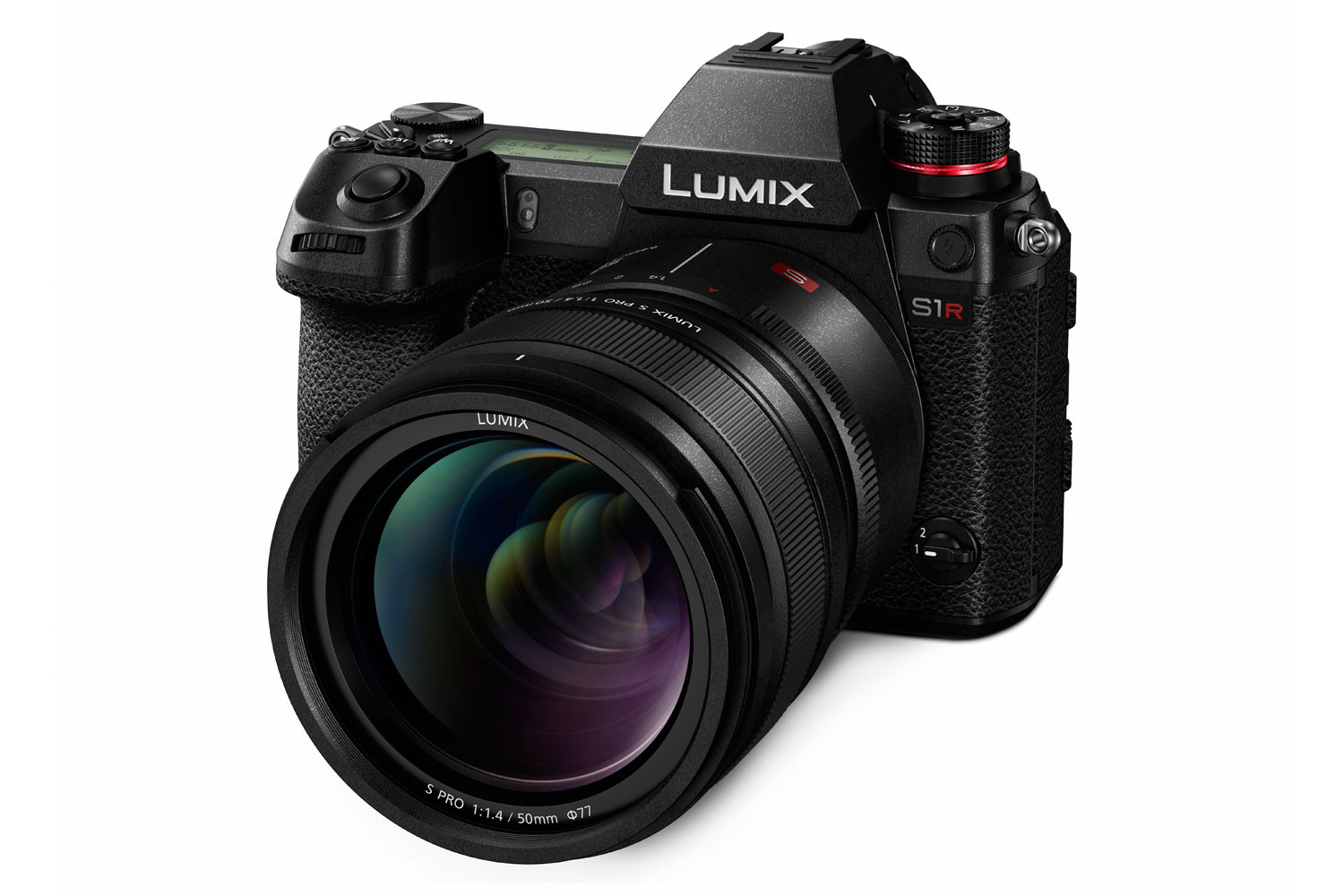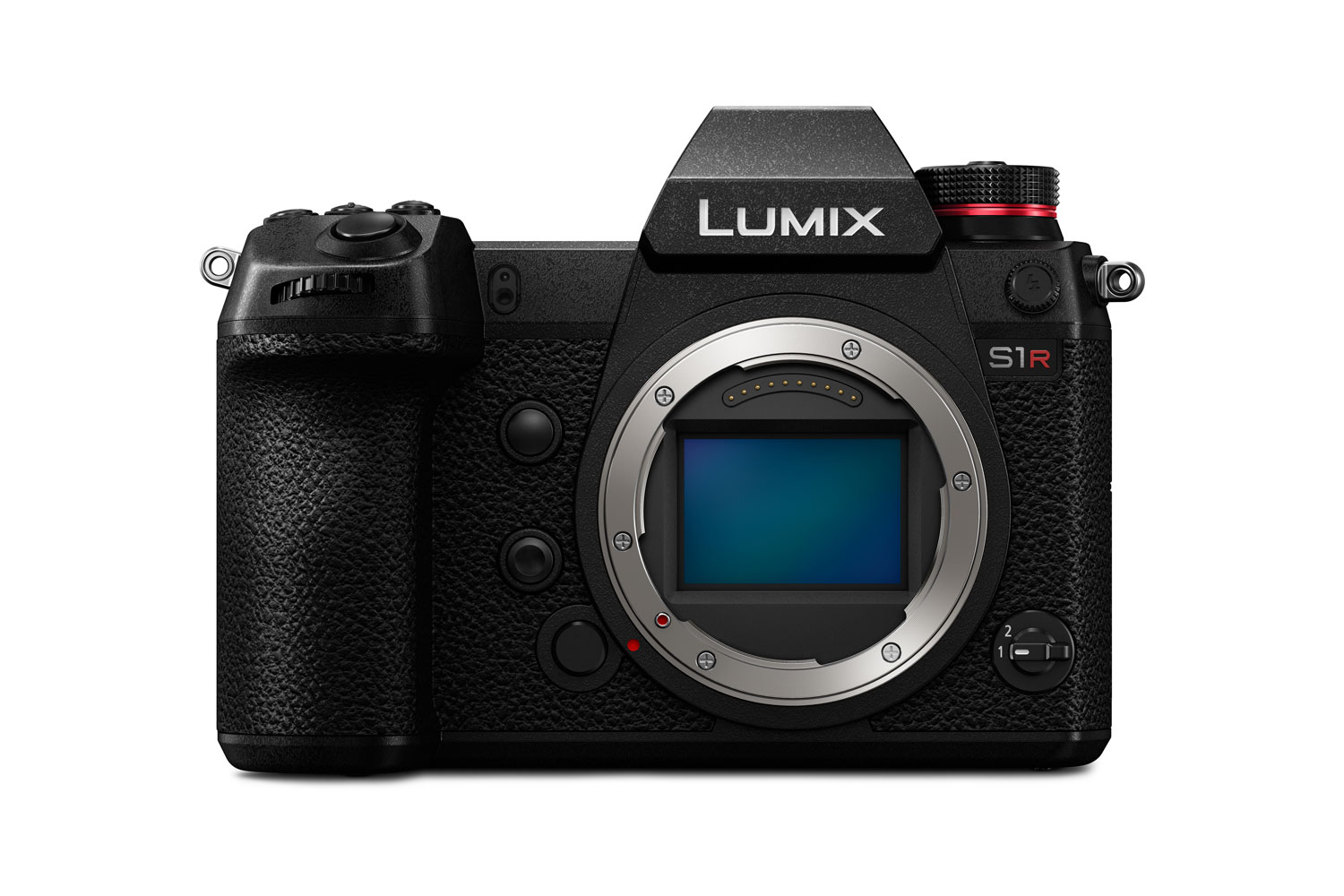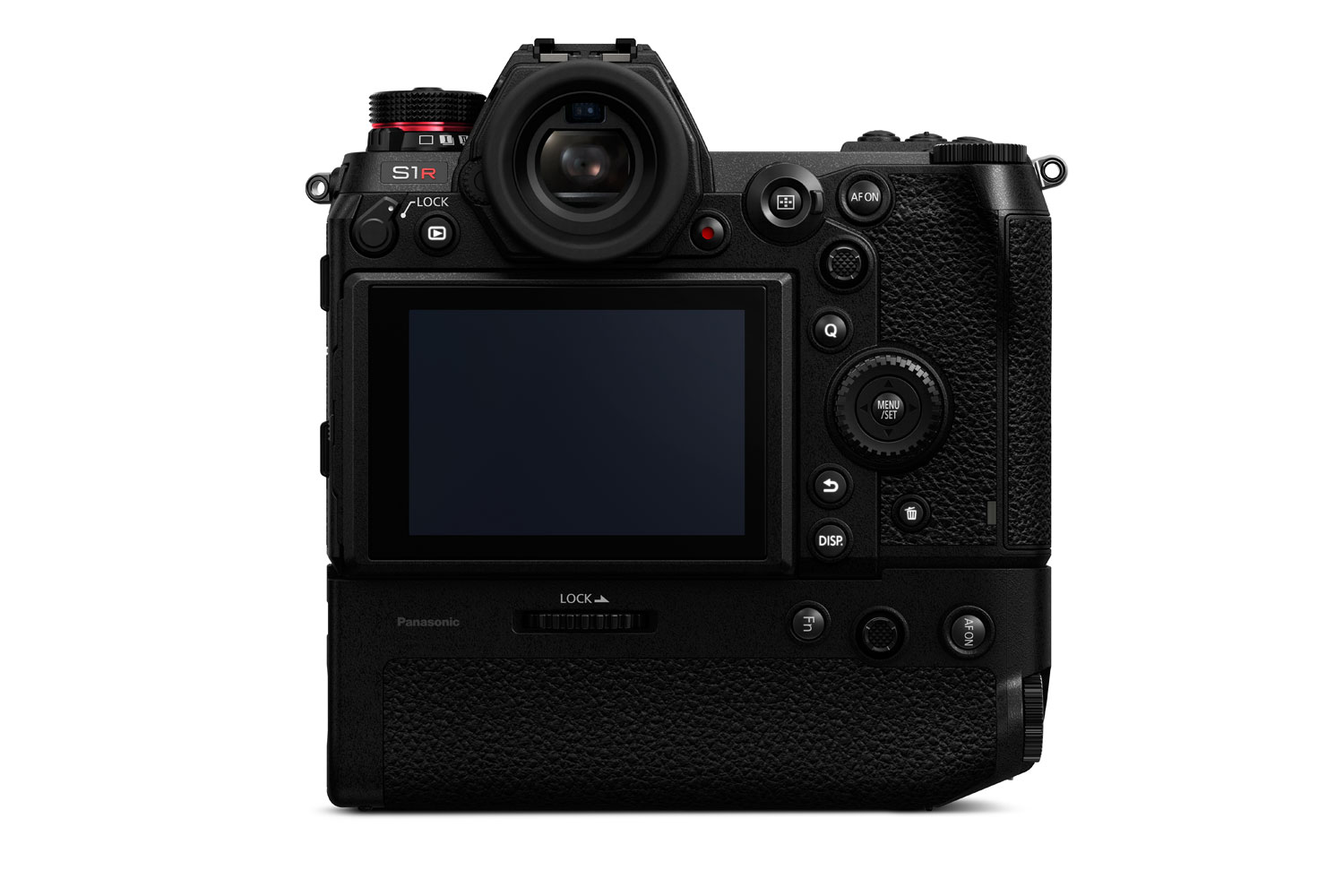After announcing the development of a new full-frame mirrorless system last year at the Photokina show and continuing to tease it in the ensuing months, Panasonic has finally detailed the full specifications of its upcoming S series cameras, the Lumix S1 and S1R. While the S1 is a hybrid powerhouse for both still and video shooters, the S1R is geared more toward professional still photographers and offers a higher-resolution 47-megapixel sensor, which, thanks to its multi-shot high-resolution mode, can achieve an impressive 187MP output.
As we saw in the Lumix G9, which uses a smaller Four Thirds sensor, the high-resolution mode works by utilizing the sensor-shift stabilization system to move the sensor by half a pixel’s width in a box pattern, capturing eight images in total and combining them into one ultra-detailed photograph. In the S1R, the resulting image measures a staggering 16,736 x 11,168 pixels. This mode is suitable for landscapes, still life photos, and fine art reproduction using a tripod, although Panasonic stated it does offer a sub-mode that will allow it to work when moving objects are in the frame. As images that large will undoubtedly take up a lot of space and require a fast memory card for optimal performance, the S1R features both SD and XQD memory card slots — with support for even faster CFexpress cards coming in the future.
That’s not the only high-resolution number to grace to the S1R’s specifications. Sitting atop the dust- and splash-resistant body is the world’s most detailed electronic viewfinder (EVF) — which Panasonic calls the Real View Finder — with a resolution of 5.76 million pixels, considerably higher than the already very good 3.69-million-dot EVFs commonly found in high-end mirrorless cameras today. In addition to being sharp, the S1R’s EVF — which it shares with the S1 — uses an OLED panel with a selectable refresh rate of either 60 or 120 frames per second.
Panasonic did not indicate what adverse effects may come from powering a 5.76-million-dot EVF at 120 fps, but presumably it will result in shorter battery life, which is otherwise rated at 360 shots when using the XQD card or 380 when using the SD card and the EVF. Battery life gets boosted to 380 and 400 shots, respectively, when using the LCD monitor (a power-saving mode extends battery life to over 1,000 exposures). The monitor features a 2.1-million-pixel resolution and uses a unique triaxial hinge that Panasonic says balances flexibility with durability.
Even without the high-resolution mode, the 47MP sensor still boasts the highest pixel count of any full-frame mirrorless camera, albeit only by a hair (the Nikon Z7 falls just short of 46MP). ISO tops out at 25,600, a stop behind the lower-resolution S1, but real world noise performance and image quality remain to be seen. Despite pushing that many pixels, the S1R can shoot continuously at up to 9 fps, although that drops to just 6 fps with continuous autofocus.
In what some will likely see as a controversial move, Panasonic has opted against phase-detection autofocus in the S series cameras in favor of its proprietary (and generally quite good) Depth from Defocus (DFD) technology. DFD is based on contrast-detection, but uses known blur-analysis about the lens being used in order to tell the autofocus system which way and by how much to rotate the lens to achieve focus. While this only works with lenses that support the system, Panasonic told Digital Trends that it offers some advantages over phase-detection, such as not having the horizontal banding issue that can result from extreme exposure adjustments in postproduction.
While not as capable a video camera as the S1, which includes more advanced features, the S1R still offers 4K recording at up to 60 fps and Full HD at up 180 fps for slow motion. Headphone and microphone jacks are standard, and clean HDMI output is possible over a standard type-A connector for external recording.
Panasonic apparently has a lot of faith in this camera, despite not having the brand recognition of other players. While both the Sony A7R III and Nikon Z7, the closest high-resolution competitors, push beyond the $3,000 mark, but the S1R will take the cake at $3,700.








